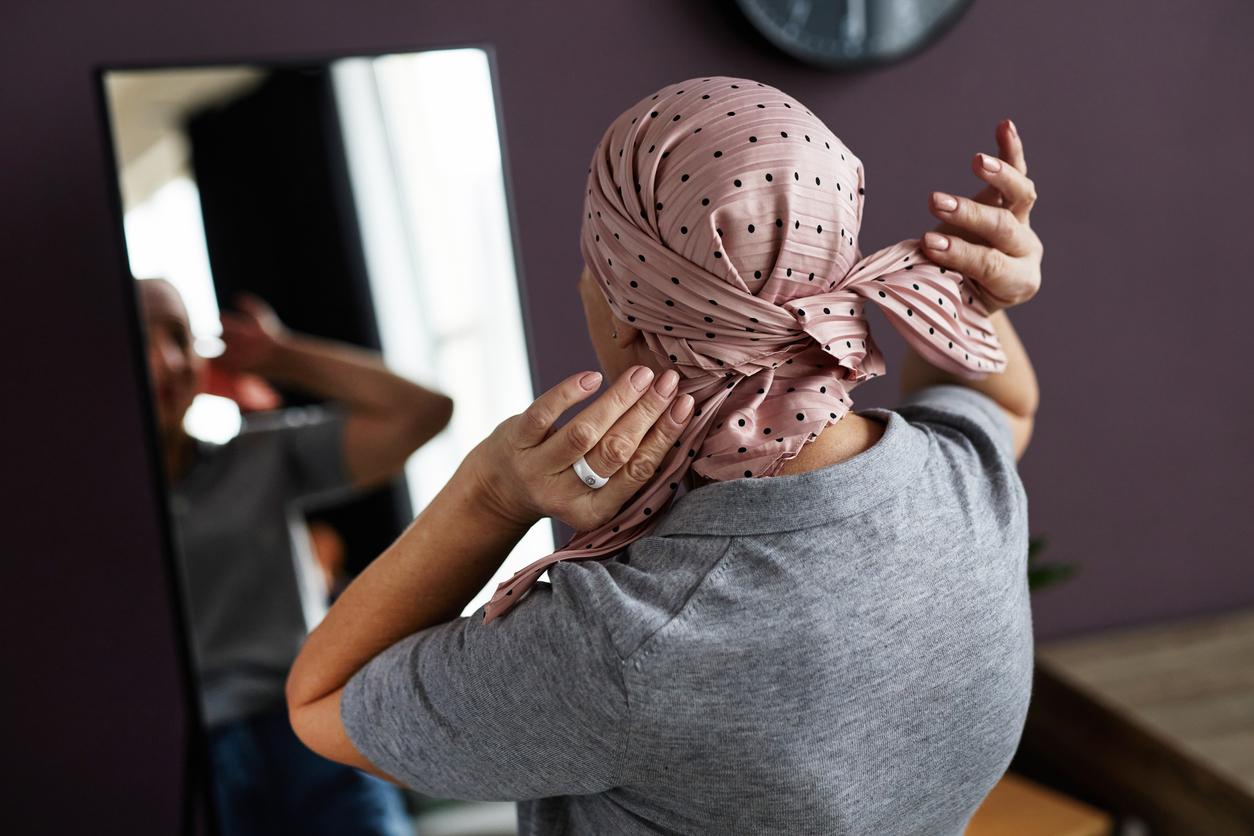“Aluminium chlorohydrate”, “Aluminium chlorydrex”, “Aluminium chloride”: they may have different names, but it is always the same problematic product, aluminum salts. They are often found in deodorants, as they allow the latter to be antiperspirant. But a recent study published in the International Journal of Melocular Sciences links this substance to an increase in breast cancer since the 1960s.
Swiss scientists from the Hirslanden Oncology and Hematology Center recall how aluminum salts work: block the ducts that evacuate sweat to reduce it.
Problem: aluminum salts are suspected of crossing the skin barrier and potentially promoting the appearance of breast cancer. If this has not been demonstrated and is not the subject of recommendations from health authorities, the question of whether aluminum salts are carcinogenic has been raised for several years. In 2011, the National Agency for the Safety of Medicines and Health Products (ANSM) concluded that “based on the current data available, exposure to aluminum through the skin cannot be considered to present a carcinogenic risk”.
Concerns that have lasted for several years
The study which has just been published points out that aluminum diffuses in the form of fragments which land elsewhere than where they are supposed to act, to the point of mess up the DNA of our cells. Women using these deodorants would thus be more likely to develop breast cancer.
The Medicines Agency had recommended a few years ago to restrict the aluminum concentration to 0.6% in antiperspirant or deodorant products, and not to use these products if the skin is damaged.
As a precaution, it is better to use deodorants that only act on the smell and not on perspiration in itself, which do not contain this substance.
Source : Aluminum Enters Mammalian Cells and Destabilizes Chromosome Structure and Number, Journal of Molecular Sciences.
Read also:
- In babies’ stools, there are 10 times more microplastics than in adults.
- Cosmetics: ANSES wants to regulate hexyl salicylate
- Precocious puberty: when to worry?


















